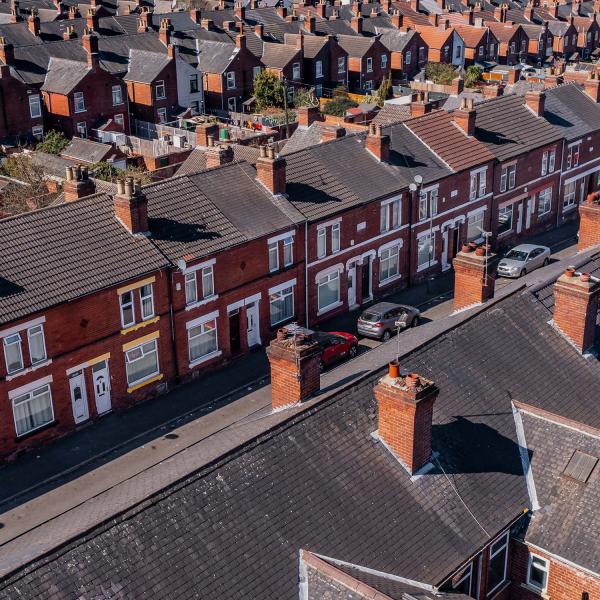Downloads

WP202016-Covid-and-mental-health.pdf
PDF | 1.05 MB
Mental health in the UK worsened substantially as a result of the Covid-19 pandemic – by 8.1% on average and by much more for young adults and for women which are groups that already had lower levels of mental health before Covid-19. Hence inequalities in mental health have been increased by the pandemic. Even larger average effects are observed for measures of mental health that capture the number problems reported or the fraction of the population reporting any frequent or severe problems, which more than doubled for some groups such as young women. It is important to control for pre-existing recent trends in mental health when attempting to understand and isolate the effects of Covid-19.
This version was updated on 10 June to amend formatting and update the abstract and introduction.
Authors

CPP Co-Director
James is Senior Research Fellow and Professor of Economics at Manchester, working on broad issues in the economics of retirement, savings and health.

Senior Research Economist
Xiaowei joined the IFS in 2018 and works in the Income, Work and Welfare sector.
Working Paper details
- DOI
- 10.1920/wp.ifs.2020.1620
- Publisher
- The IFS
Suggested citation
Banks, J and Xu, X. (2020). The mental health effects of the first two months of lockdown and social distancing during the Covid-19 pandemic in the UK. London: The IFS. Available at: https://ifs.org.uk/publications/mental-health-effects-first-two-months-lockdown-and-social-distancing-during-covid-19 (accessed: 30 June 2024).
More from IFS
Understand this issue

Liberal Democrat manifesto: a reaction
10 June 2024

Sure Start achieved its aims, then we threw it away
15 April 2024

How important is the Bank of Mum and Dad?
15 December 2023
Policy analysis

How do the last five years measure up on levelling up?
19 June 2024

A response to the Conservatives’ proposals to reduce growth in the health-related benefits bill
8 June 2024

Size of the state has grown over this parliament and is likely to remain permanently bigger than pre-pandemic
9 June 2024
Academic research

The role of hospital networks in individual mortality
13 May 2024

Forced displacement, mental health, and child development: Evidence from Rohingya refugees
10 May 2024

Income inequality in Ireland, 1987–2019
28 June 2024